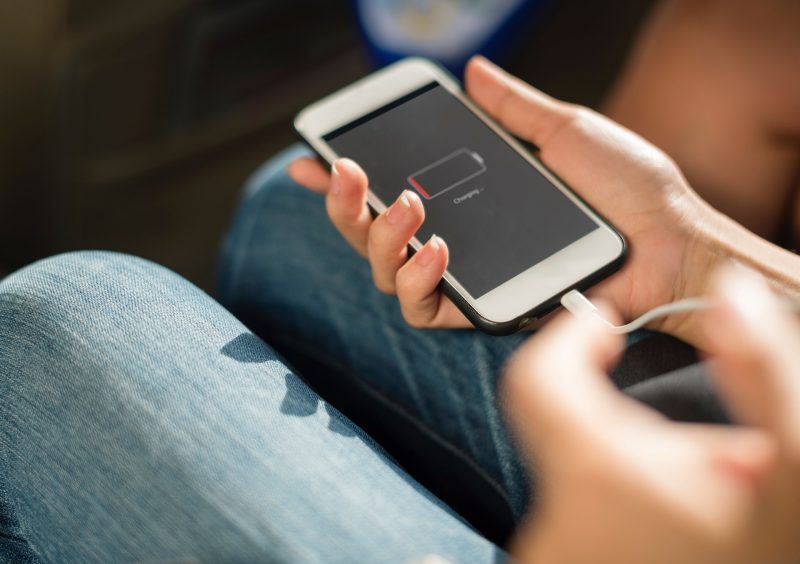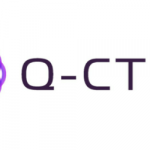A New Potential Platform for Developing Quantum Batteries

As the world continues to look for cheaper and cleaner sources of energy, a possible solution may be found in quantum batteries. Unlike normal batteries, experts postulate that quantum batteries will leverage entanglement to charge faster as well as perform better. However, developing these new batteries will be far from easy, the electromagnetic field adds complications when trying to store energy. To overcome this challenge, researchers from Korea’s Institute for Basic Science (IBS) used a maser (the microwave analog of a laser) to suggest a new platform for quantum batteries.
Challenges in an Electromagnetic Field
In developing quantum batteries, the electromagnetic field becomes a problem. Previous research has suggested that while the electromagnetic field could be used to store energy for the battery, there is a possibility that the field could absorb way more energy than what is needed. Essentially the process would be similar to a laptop taking on way more change than it’s allotted for. Because there is no mechanism to stop this charging process, many are worried that this could significantly set back the development of quantum batteries.
Cue the Masers
To try and overcome this issue, researchers from IBS collaborated with Associate Professor Giuliano Benenti of the University of Insubria, Italy, to study quantum dynamics within a micromaser. As Benenti explained: “In a micromaser, a maser is operated in which single atoms transversing a resonator (a high-quality cavity where a photon can survive for long times) provide for an efficient pump.” Instead of light used in a laser to stimulate quantum interactions microwaves are used within a maser for the same effect. Within a maser model, the stream of photons interacts with the electromagnetic field, causing it to store energy. “In the atom only two levels matter,” Benenti added. “With resonant coupling with the cavity (that is, the energy difference between the two atomic levels in units of the Planck constant equals the frequency of the oscillations of the electromagnetic field in the cavity). So the atom acts like a qubit. The same concept is now transferred to the solid state, with superconducting qubits coupled to the electromagnetic field as a waveguide.”
Because of the specific setup, the electromagnetic field reaches a steady state, where it stops absorbing energy, allowing a material stopping point to the charging process. This steady state also gives the researchers a charging metric to use when developing a micromaser and reduces the possibility of overcharging. Thanks to the uniqueness of the steady state, the researchers found it to be in a “pure state,” where the micromaser had no recollection of the qubits that were used during charging. This suggested that the energy stored in the electromagnetic field could be extracted at any time, without the need for keeping track of the qubits used in the process.
The Possibility of Quantum Batteries
With a potential new platform for quantum batteries, the researchers are hopeful that their results can be used by others to start developing this new technology. “Notably, quantum mechanics can lead to an enhancement, with respect to classical batteries, in the amount of work deposited per unit time when the N batteries are charged collectively,” said Benenti. “This quantum advantage is linked to the possibility to create entangled states of the N batteries. In future technologies, quantum batteries could help efficient energy management at the nanoscale, a key point for the development of quantum technologies.” Benenti not only is excited by the new platform but even suggests a way it can be used by current quantum computing companies. “A possible setup could be one used for quantum computer prototypes (IBMQ, Google, Rigetti…) based on superconducting qubits, coupled with a waveguide (cavity mode),” he added. With advancements in these types of platforms, quantum batteries may become a reality sooner than expected.
Kenna Hughes-Castleberry is a staff writer at Inside Quantum Technology and the Science Communicator at JILA (a partnership between the University of Colorado Boulder and NIST). Her writing beats include deep tech, the metaverse, and quantum technology.



















